2018-10-12
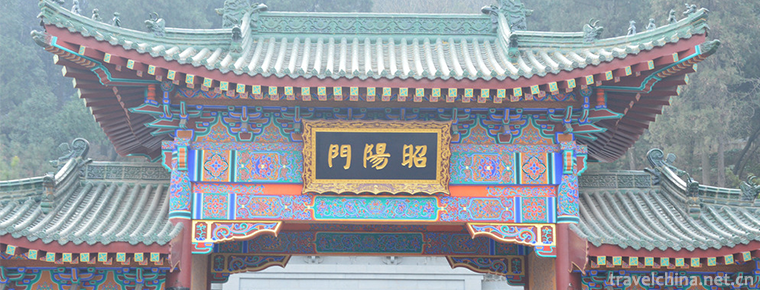
- By ChinaWiki.net
- Chinese Edition
- 2018-12-12
Tang Huaqing Palace is another palace for feudal emperors in Tang Dynasty. Later also known as "Huaqing Pool", located in Lintong District, Xi'an City, Shaanxi Province. Weihe is built on the back of the mountain and relies on the situation of Lifeng Mountain. The scale is huge and the building is magnificent. The terraces, halls and halls are all over the Lishan Mountain. First named "Tangquan Palace", later renamed "Hot Spring Palace". Xuanzong Genghua Qing Palace in Tang Dynasty is also called Lishan Palace, also known as Ligong and Xiuling Palace. The Huaqing Palace was first built in the early Tang Dynasty and flourished after the reign of Emperor Xuanzong of the Tang Dynasty. Emperor Xuanzong of the Tang Dynasty devoted himself to the management and construction of such a grand departure from the palace. He visited the palace almost every October. Chang'an at the end of the year. After the Anshi Rebellion, the political situation changed and the traveling fortune of Huaqing Palace declined rapidly. After the Tang Dynasty, emperors of all dynasties seldom traveled to Huaqing Palace. Later generations of Royal maintenance, to the liberation of Tangchi is a small, Palace Xiaoshu. Huaqing Pool, the People's Government of China, has been expanding on a large scale since 1959.
Construction background
The Huaqing Palace was another palace for the feudal emperors of the Tang Dynasty. Weihe is built on the back of the mountain and relies on the situation of Lifeng Mountain. The scale is huge and the building is magnificent. The terraces, halls and halls are all over the Lishan Mountain. Bai Juyi, a poet of the Tang Dynasty, wrote in his poem Ligong Gao: "There are palaces on Gaogao Lishan Mountain, and three or four times the Purple Palace of Zhulou". Qian Weiqiao, a Qing Dynasty poet, wrote in his poem Huaqing Palace: "The palace of Huaqing has a foot on the Lishan Mountains, and the palace of Yudian is connected by thousands." Lishan Mountain has a pleasant scenery, and hot springs wipe away evil and disease. Legend has it that as far back as the Western Zhou Dynasty 3000 years ago, Zhou Tianzi had become a lucky place to travel. The name of the hot spring at that time was "Star Soup". "Three Qin Records" contains: "At the beginning of the Emperor, stone building, famous Lishan Tang, Hanwujia Modified Yan". Emperor Wudi of the Northern Zhou Dynasty, Tianhe 4 years (569), ordered the tomb to be built by Emperor Yuwen. Emperor Wendi of Sui Dynasty planted thousands of pines and cypresses in the third year of Emperor Kaihuang (583) to build houses and buildings. By the Tang Dynasty, the scale was gradually formed. In the eighteenth year of Emperor Taizong's Zhenguan (644), General Jiang Xingben, commander of Zuo Wei, was to build palace castles by Yan Lide, a great craftsman, and give him the name "Tangquan Palace". "Cefu Yuangui" contains: "Zhenguan 22 years (648) January 18th Xu, Emperor Ruwen Tang. Gou Mao, the imperial monument to show the ministers. Tang Gaozong changed his name to Hot Spring Palace in the second year of Xianheng (671). Tang Xuanzong Tianbao Six Years (747), more hot spring palace for the Huaqing Palace, "the Palace surrounded by Baisi District Department, the total longitude of the Imperial Mandarin Lishan, rock clearance, for the Emperor's tour" (Tang Shu Fang Duan Biography). Huaqing Palace is also called Lishan Palace, also known as Lishan Palace. Bai Juyi's poem Li Gong Gao: "Li Gong Gao Li Gong into the Cloud". Lishan is as beautiful as embroidery, an embroidery ridge. Because of the name of the mountain, the palace is also known as the embroidery ridge palace. Tang Dynasty poets Cui Tu, Li Shangyin and Cui Dao Rong chanted about the Qing Palace of China, all of them named the "Xiuling Palace" as their poems.
Historical vicissitude
The Huaqing Palace was first built in the early Tang Dynasty and flourished after the reign of Emperor Xuanzong of the Tang Dynasty. Emperor Xuanzong of the Tang Dynasty devoted himself to the management and construction of such a grand departure from the palace. He visited the palace almost every October. Chang'an at the end of the year. Therefore, there is the famous phrase "The Son of Heaven comes on October 1st, and there is no dust on the Qingrope Royal Road". According to the Qianlong edition of Lintong County Chronicle in the Qing Dynasty, during the 40 years from the second year of Kaiyuan (714) to the fourteenth year of Tianbao (755), 36 trips were made to the Huaqing Palace successively, sometimes two trips a year, and their micro trips could not be calculated. The scale of traveling is very large, "thousands of banners by the wilderness, clouds and grass glow". "Eighty-one cars and ten million rides give you a banquet in the morning and a dinner in the evening." It is tantamount to moving Chang'an's government to Lishan, and taking Huaqing Palace as the center, a new city has been formed. After the Anshi Rebellion, the political situation changed abruptly, and Tang Xuanzong finally fell from the throne of the emperor. The traveling fortune of the Huaqing Palace declined rapidly, and the emperors of all dynasties after the Tang Dynasty seldom traveled to the Palace.
During the Tianfu reign of Gaozu in the later Jin Dynasty, the destroyed Huaqing Palace was changed to Lingquan View, which was bestowed on Taoists. In the Song Dynasty, "Tang House Hall, Ju Mao Cao", the building has been very dilapidated. Song people can only publish the maps of the Palace Museum in stone according to the remains of the Huaqing Palace, so that future generations can know the prosperity of the Tang Dynasty Huaqing Palace. Before the second year of Zhongtong (1261), there were Zhao Zhigu and other people who organized folk forces, renovated the Huaqing Palace in 15 years, built eight halls such as Sanqing Palace, Tangchi such as Chaoyuan, Chongming Erge, Jiulong and Furong (according to Lintong County Chronicle of Qianlong edition). Later, it gradually declined. In the forty-second year (1702) of Emperor Kangxi of Qing Dynasty, he also repaired Huaqing Pool (former Huaqing Palace) during his tour to the West in November and winter, and he had "stayed in hot springs". During the period of the Republic of China, there were several renovations. However, the ancient buildings in Huaqing Pool and Lishan Mountain, which were reserved after the reconstruction in the early Qing Dynasty, had fallen down in Tangchi before liberation, and the palaces were sparse and dilapidated.
Since 1959, the People's Government of China has carried out a large-scale expansion, opening up soup ponds, building palaces, building hotels and opening gardens, which has made the ancient Huaqing Palace rejuvenated and become a place for people's amusement.
Scenic spot honor
On April 13, 2018, China Northwest Tourism Marketing Conference and Tourism Equipment Exhibition ranked second in the list of "Magic Northwest 100 Sceneries".
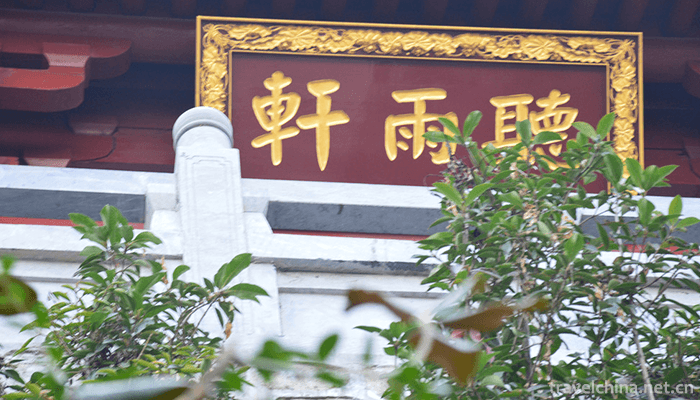

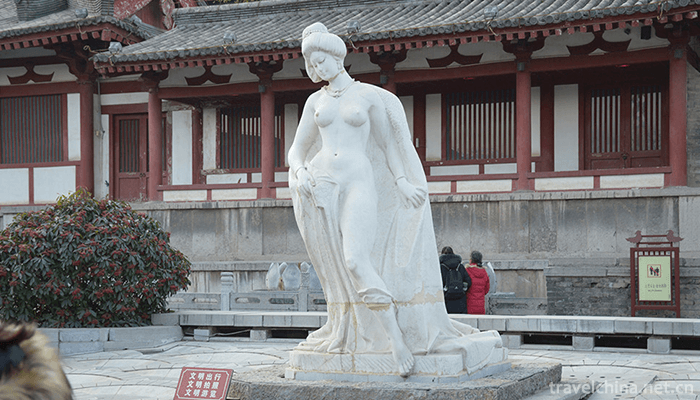

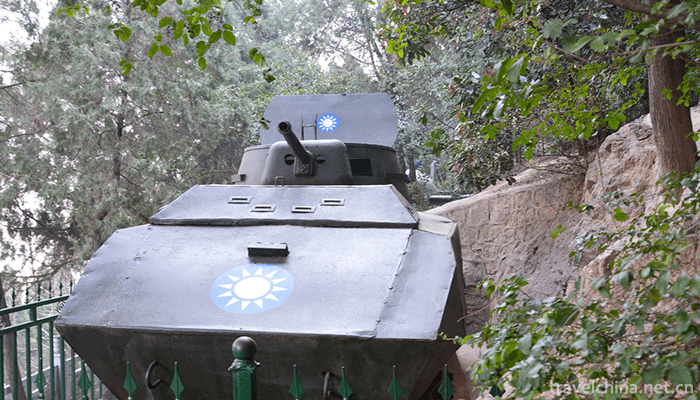


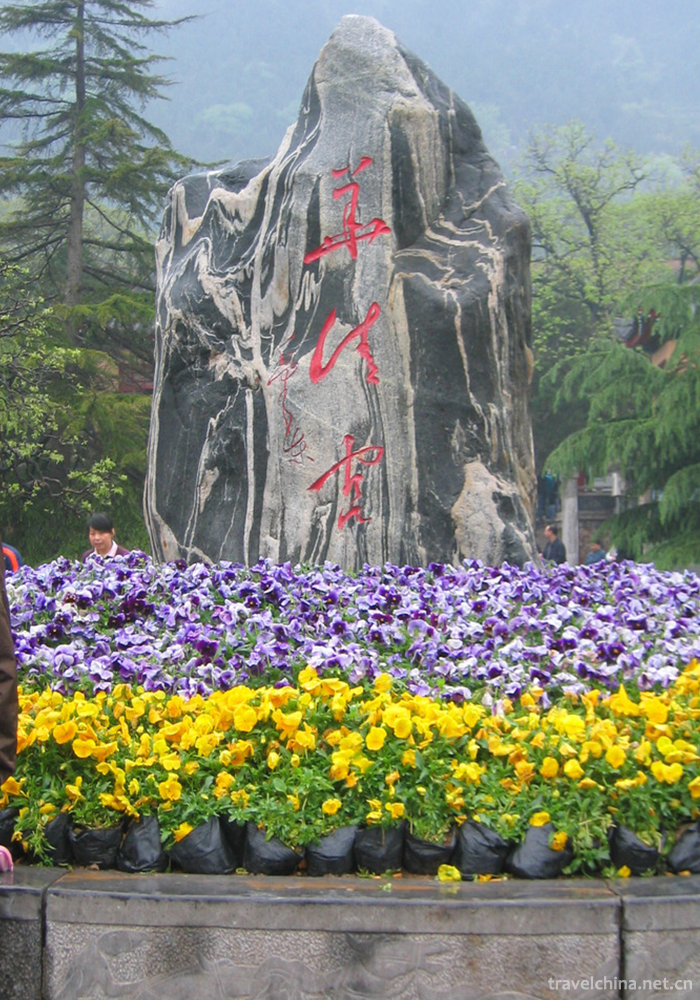
Ask a Question
Your email address will not be published.
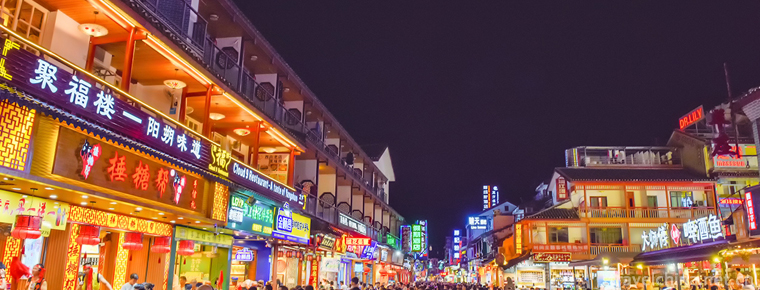
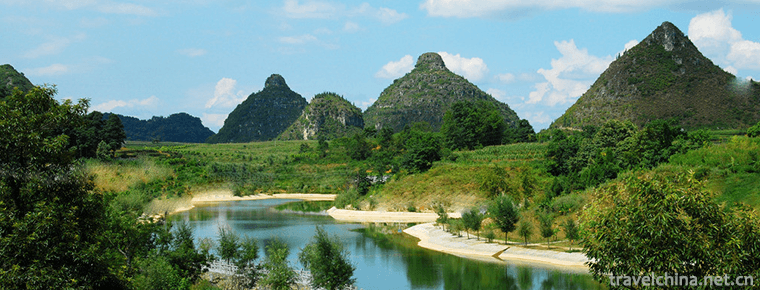
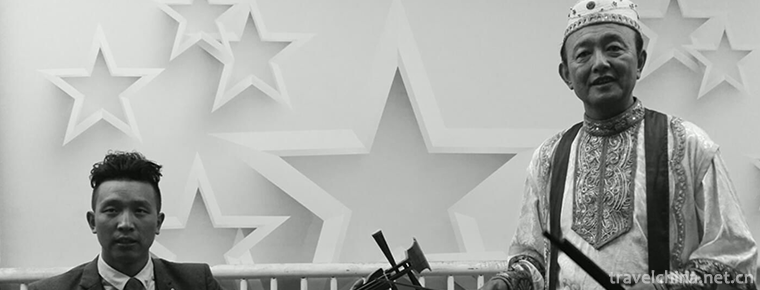
0 Questions